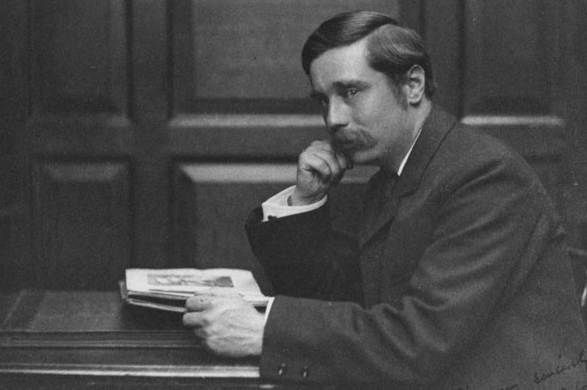H.G. Wells and tissue clearing

This passage from H. G. Wells’ The Invisible Man (1897) is an interesting way to introduce the concept of index-matching for tissue clearing. By making sure all of the material interfaces (e.g., lipids, intracellular solutions, and extracellular solution) have the same index-of-refraction, one can render a body transparent.
And here is another fact you will know to be true. If a sheet of glass is smashed, Kemp, and beaten into a powder, it becomes much more visible while it is in the air; it becomes at last an opaque white powder. This is because the powdering multiplies the surfaces of the glass at which refraction and reflection occur. In the sheet of glass there are only two surfaces; in the powder the light is reflected or refracted by each grain it passes through, and very little gets right through the powder. But if the white powdered glass is put into water, it forthwith vanishes. The powdered glass and water have much the same refractive index; that is, the light undergoes very little refraction or reflection in passing from one to the other.
Previously on Labrigger:
Clearing tissue…
Scattering in tissue (CLARITY)
There was a nice question for optics students: will the invisible man be able to see? With no refractive index there’s no focusing, so as great as the idea was… 🙂